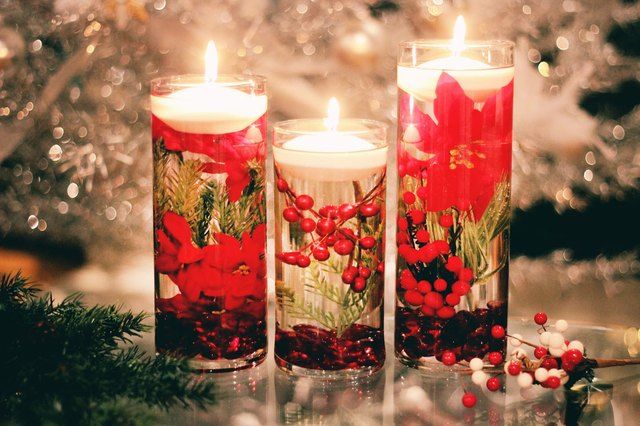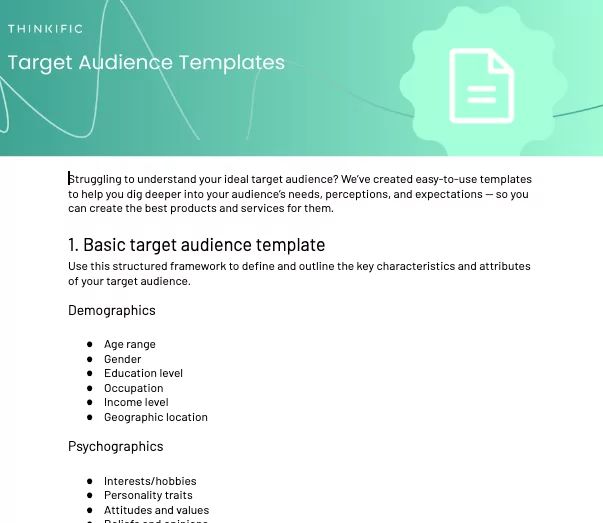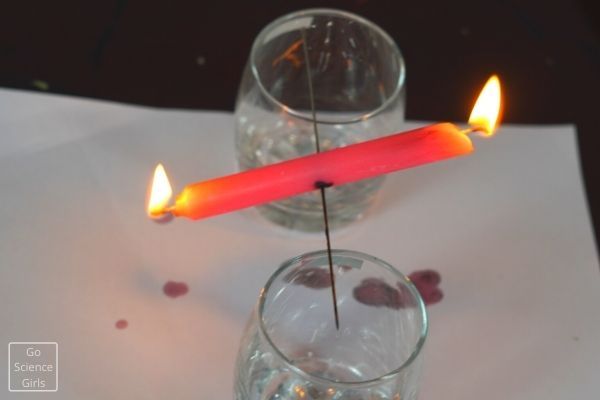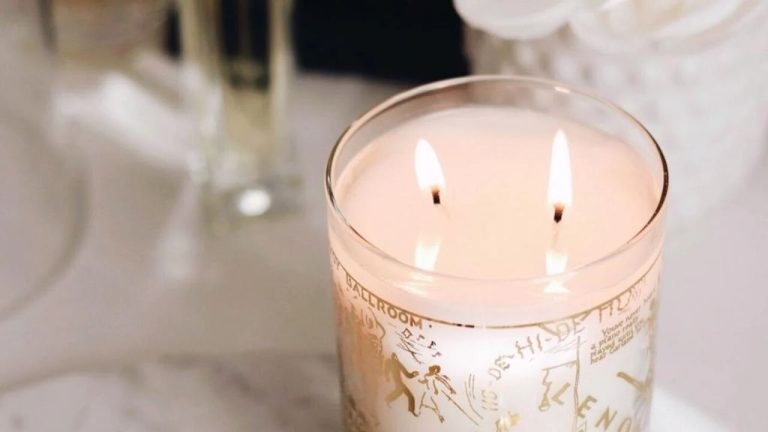How Do You Make Floating Wedding Candles?
Floating candles have become a popular decoration at weddings over the past few years. Unlike traditional candles, floating candles are designed to float on water inside glass vases or bowls. The flickering flame of the floating candle creates a magical ambience and beautiful reflections in the water.
Floating candles make ideal wedding decor because of their romantic and ethereal vibe. They evoke feelings of warmth, serenity and timelessness – perfect for a wedding celebration. Floating candles can be used to decorate reception tables, as centerpieces, or around the wedding venue. They provide a soft glowing light that sets the mood for romance.
According to sources, floating candles were the top wedding décor trend in 2022 because of their Instagram-worthy beauty. Brides and event planners love the dreamy ambience floating candles create.
Supplies Needed
To make floating candles, you’ll need the following key supplies:
Wax – The most common types of wax used are paraffin, soy, and beeswax. Paraffin wax is inexpensive and easy to work with. Soy wax is made from soybeans and is a renewable resource. Beeswax is natural but more expensive. You can use wax flakes or blocks. (Source)
Wicks – Floating candle wicks are thicker than standard wicks to remain upright in the water. Use pre-tabbed or wax-coated wicks made specifically for floating candles. (Source)
Fragrance Oils – Add a few drops of fragrance oil to give your floating candles a nice scent. Pick a fragrance that complements the purpose of the candles.
Containers – Clear plastic containers, vases, or reservoir floats designed for floating candles work best. Make sure the container is large and stable enough to hold the candle.
Dyes – Liquid candle dyes in various colors can be added to the wax to create colored floating candles. Use dye sparingly.
Filler Beads – Small plastic beads help fill the container and keep the candle floating upright. Glass gems can also be used.
Choosing Containers

When making floating candles, the first step is selecting the right container. You have two main options – glass or plastic. Glass containers like jars and vases give a more elegant, upscale look. Plastic containers like cups and bowls are affordable and come in more playful shapes. Here are some factors to consider when selecting containers for floating candles:
Material: Glass containers are traditional and have a crystal clear appearance to reflect candlelight. Plastic containers are lightweight and available in lots of colors and styles. Glass is more premium while plastic is budget-friendly.
Shape: Classic cylinder and sphere shapes work well for floating candles. Consider tall slender vases, rounded jars, cups, or bowls. Unique shapes like diamonds, stars, and hearts can also create visual interest.
Size: Larger containers provide a bolder presence while smaller vessels are more subtle. A mix of sizes can create depth and contrast. Make sure containers are large enough to hold the candle and allow room for beads. Too small and the candle may not float properly.
When selecting containers for floating candles, consider the overall style you want to achieve. Simple glass jars offer timeless elegance (https://www.candles4less.com/collections/floating-candle-holders) while plastic vessels allow you to get more creative with shapes and colors (https://quickcandles.com/collections/floating-candle-holders). Let your personal taste and budget guide the decision between glass and plastic.
Preparing the Wick
The wick is a key component in floating candles as it controls the size and shape of the flame. When preparing wicks, it’s important to cut them to the proper length. The wick should be approximately 1-2 inches taller than the container so that it has room to float freely on the wax pool once the candle is lit. Secure the wick in place before pouring wax by tying a single overhand knot at the base of the wick and attaching it to a wick rod or pencil placed across the mouth of the container.
According to experts at Instructables, reusable oil burning wicks made from materials like cotton work best for floating candles. The wick should be wide and flat to maximize surface area (Source). This allows the wick to absorb wax efficiently and promote an even burn. Always test one floating candle before lighting them all to ensure proper wick preparation.
Melting and Adding Wax
The most important consideration when melting wax for floating candles is the melting point and pouring temperature. Most candle waxes like paraffin and soy wax have a melting point between 120-170°F. Allow the wax to melt completely before pouring – it should have a honey-like consistency. The ideal pouring temperature is 180-200°F according to experts like Yankee Candle. If the wax is too hot, fragrance oils can burn off. If it’s too cool, you may end up with an uneven finish.
Use about 1 lb. of wax per standard 12 oz. glass container, adjusting amounts for larger jars. Melt wax slowly in a double boiler, crock pot, or microwave according to manufacturer instructions1. Never melt wax directly on a stovetop or open flame. Use a thermometer to monitor the temperature and keep it in the ideal 180-200°F range. Allow melted wax to cool slightly before adding dyes and fragrances.
Adding Fragrances and Dyes
Choosing the right fragrance and dye is crucial for creating floating candles with the perfect look and scent. Most candle making suppliers recommend adding 1-2 ounces of fragrance oil per pound of wax, depending on how strong you want the scent to be. Start with 1 ounce per pound, mix thoroughly and test the scent. You can always add a bit more if needed. As for dyes, liquid candle dyes typically only require a few drops per pound of wax to achieve vibrant colors. Follow the manufacturer’s instructions, and add just a drop or two at a time until you reach the desired shade.
It’s important to add fragrances and dyes when the wax is fully melted and at the manufacturer’s recommended temperature, which is usually between 185-200°F. The wax needs to be hot enough to fully incorporate the additives. Always add fragrance first, mixing thoroughly before adding dye. Adding dye first can cause the color to morph when the fragrance is mixed in. Stir continuously for 1-2 minutes after adding the fragrance and dye to fully incorporate.
To create a multi-colored effect, divide the melted wax into separate pouring pots first, color and scent each one, then layer the different colors when pouring into the container. This allows you to easily achieve variations like stripes or a gradient look. Get creative with different color combinations!
Citations:
https://www.brambleberry.com/how-to/candles/art0152-color-candles.html
Filling with Beads
Once the candle wax has fully set, it’s time to add the floating beads. Glass beads are recommended over plastic beads since they have more weight to them and will keep the candle floating upright better. According to The Spruce Crafts, fill the candle jar about 2/3 full with beads, mixing different sized beads for variation. Layer the wax and beads by pouring a thin layer of beads, then topping with a thin layer of wax so they adhere together. Top with another layer of beads until you’ve reached your desired fill level. The layering helps prevent all the beads from floating to the top when the candle is lit. Bead fillers like NOTCHIS Clear Gel Beads are sized for floating candles and create a beautiful effect.
Setting and Curing
Once you have finished filling the containers with wax, beads, fragrances, and dyes, you will need to let the floating candles cool and cure before lighting them. Allow the candles to cool completely, for at least 1-2 hours, according to this DIY floating candles guide. The cooling process allows the wax to fully harden and set.
After cooling, let the floating candles cure for at least 24 hours before burning, as recommended by this tutorial. The curing process allows any remaining moisture to evaporate from the wax and ensures the candle is ready to burn safely and evenly. Rushing to light the candles before they have properly cured can cause issues like tunneling.
Setting aside enough time for both cooling and curing is an important step to end up with high quality, long lasting floating candles for your event.
Testing and Troubleshooting
Once your floating candles have set and cured for 24-48 hours, it’s important to test their burn quality. Trim the wick to 1⁄4 inch before lighting. Observe how the candle burns – it should burn evenly down the center without excess smoking, sooting, or flame too high above the jar. According to the Village Craft and Candle blog, “If you don’t heat the wax enough before adding the scent, you will likely be able to see the oil floating around in the wax. If this happens, just give the candle another hot pour to blend it again” (https://villagecraftandcandle.com/blogs/news/top-10-candle-making-problems-and-how-to-solve-them).
If the candle isn’t burning properly, there are a few troubleshooting steps to try. Trim the wick shorter or curl it to reduce smoke and flames that are too high. Add additional wax to fill in sinkholes or gaps. Re-melt and repour wax that didn’t adhere properly. A heat gun can help smooth over drips or uneven tops. As one Wedding Wire user commented, “If you don’t trim the wick, the candle will burn unevenly, and you end up with a floating candle that gets consumed on the sides before the top” (https://www.weddingwire.com/wedding-forums/floating-candles-frustration-ugh/5e0ee30b402826e6.html). Keep testing until the candles burn cleanly down the center.
Displaying Floating Candles
Floating candles make beautiful accents to wedding decor when artfully displayed. Here are some ideas for incorporating floating candles into your wedding:
Tablescapes
Create a gorgeous tablescape by clustering floating candles of varying heights in the center of round guest tables. Mix in some greenery like ferns or ivy for a romantic look. You can also intersperse votive candles between the floating candles. For long tables, stagger the floating candles down the middle of the table for a dramatic effect [1].
Unity Ceremonies
Have the bride and groom each light a floating candle and place them in a bowl of water to symbolize the joining of their lives. Or, light a single large floating candle together. For an extra personal touch, use candles that feature your wedding colors.
Centerpieces
Floating candles are eye catching as minimalist centerpieces on their own. Cluster them in a glass vase or bowl filled with water. For more embellishment, surround the candles with flower petals or tea lights. Use taller pillars to elevate the floating candles to different heights for a layered look [2].





